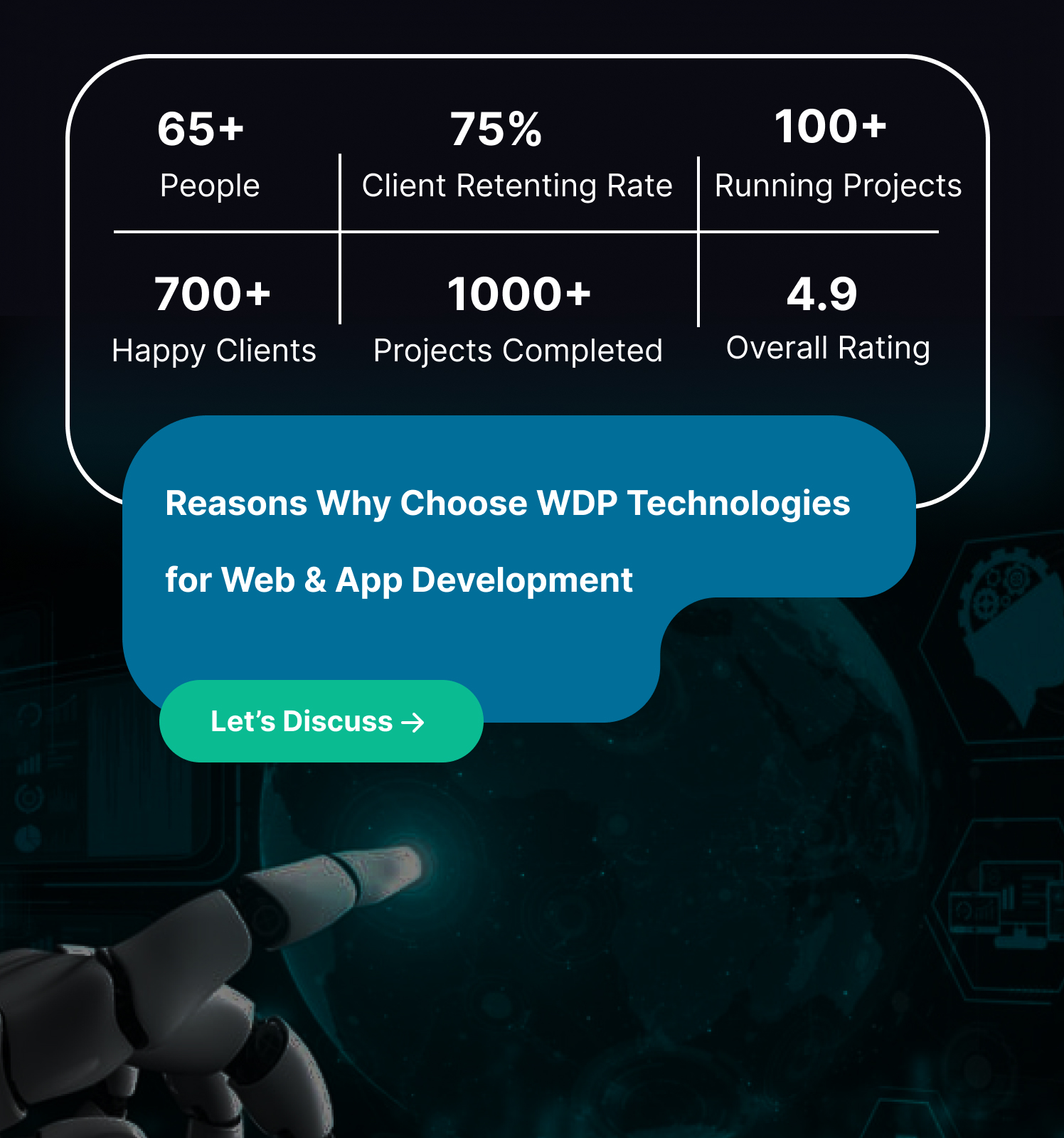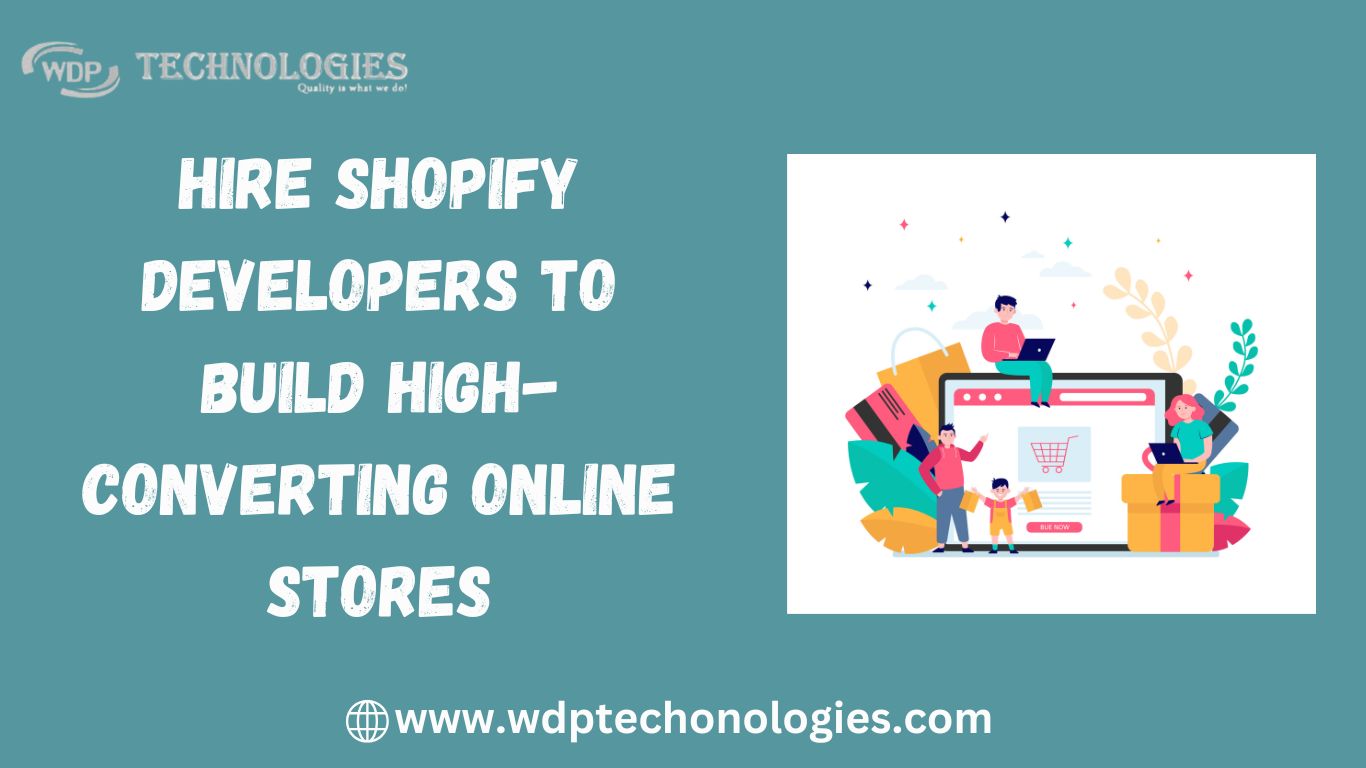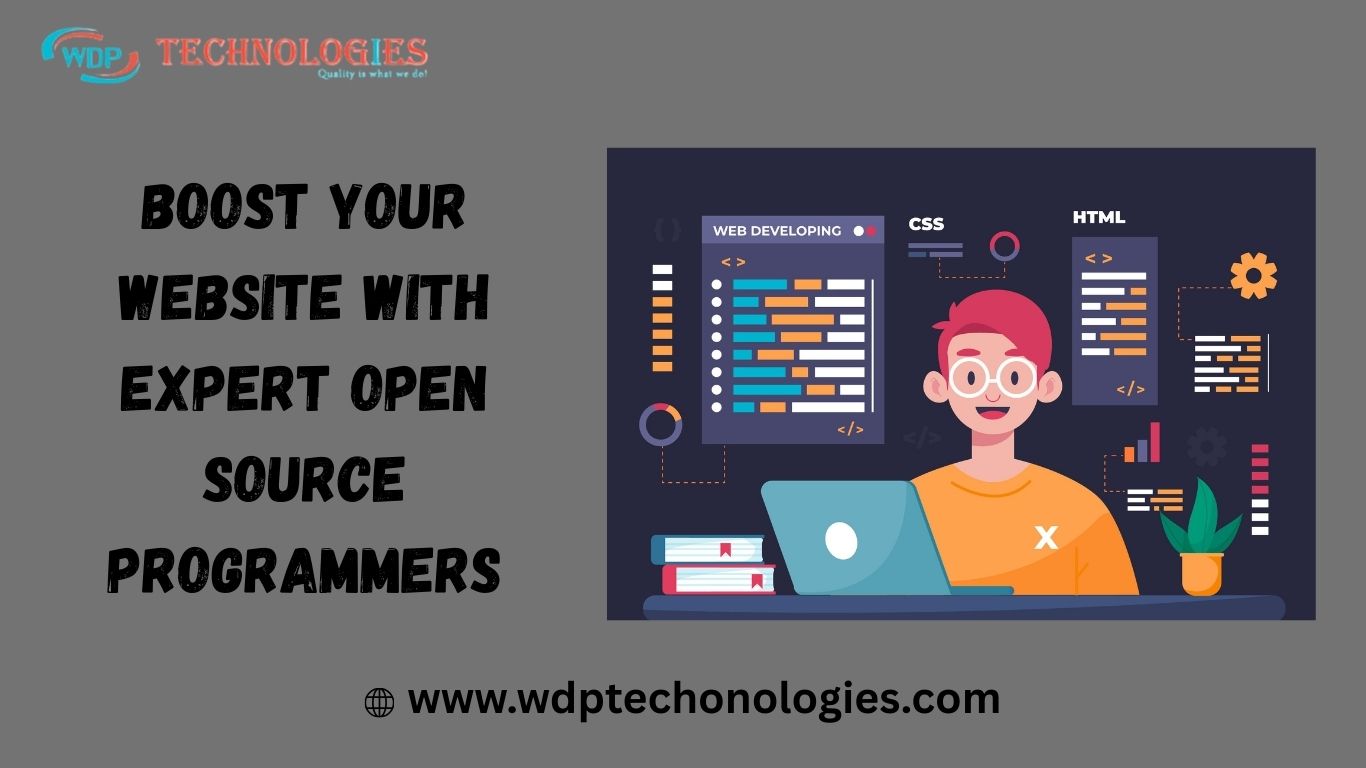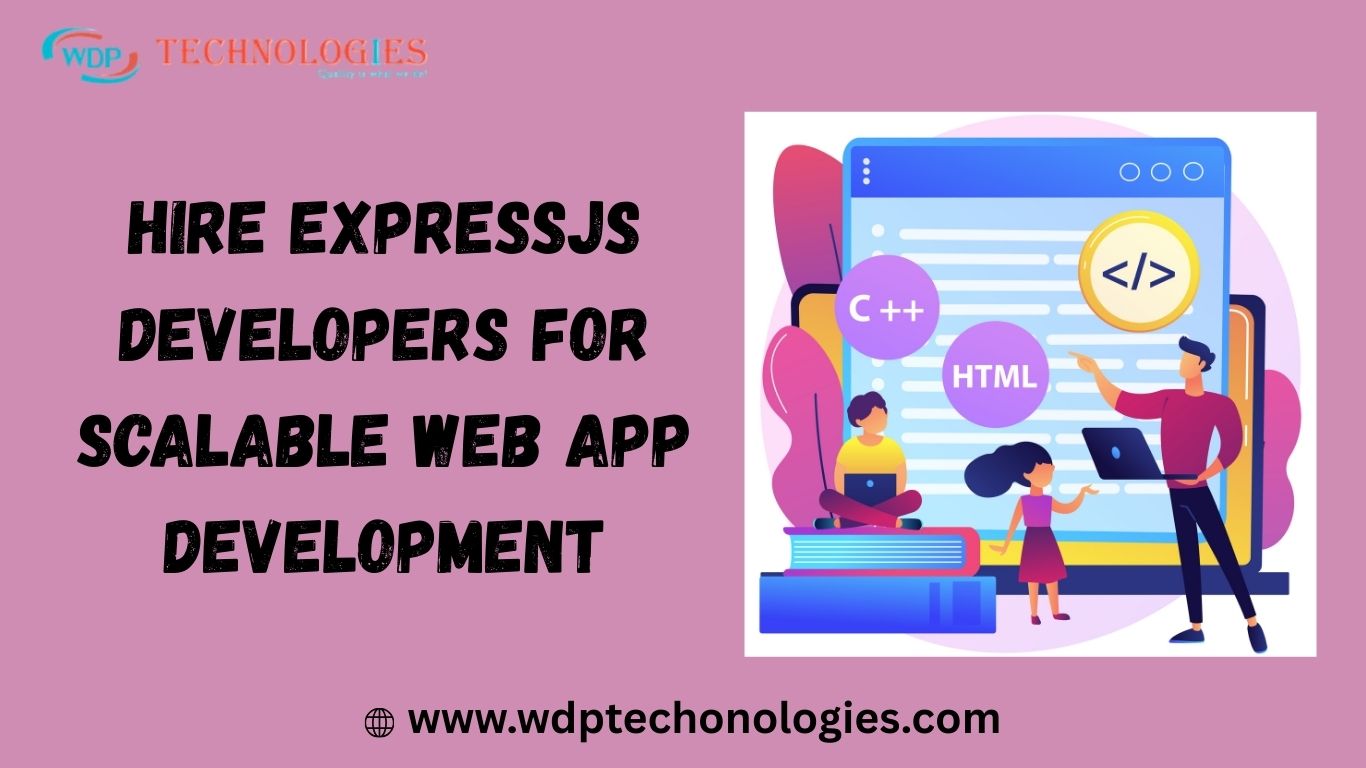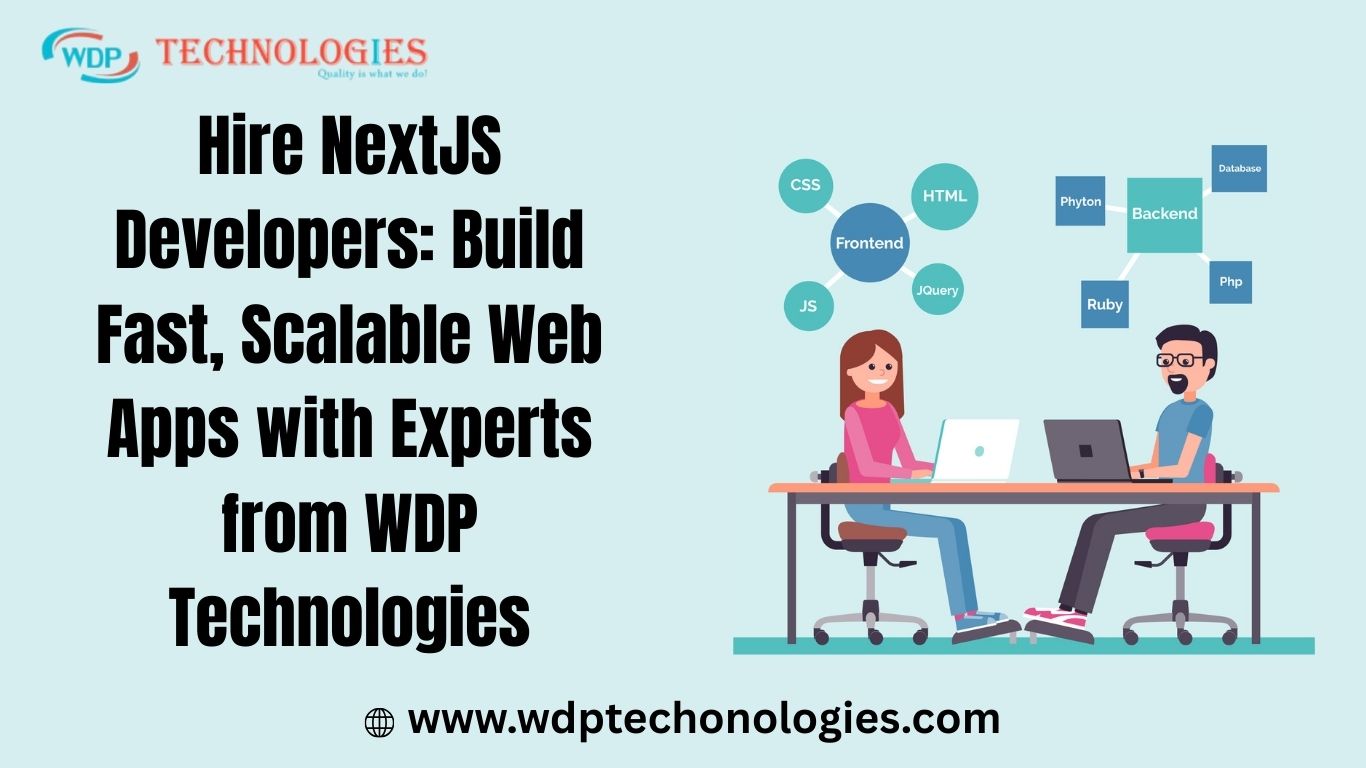In today’s interconnected world, GPS tracking apps have become indispensable tools for a variety of purposes, including navigation, fleet management, asset tracking, and personal safety.
Developing a GPS tracking app requires careful planning, robust development, and adherence to best practices to ensure functionality, security, and usability. In this guide, we’ll explore the step-by-step process of GPS tracking app development that meets the needs of both businesses and consumers.
GPS Tracking App Overview & Benefits
GPS tracking apps have revolutionized the way we track and monitor assets, vehicles, and people in real-time. These apps leverage the Global Positioning System (GPS) technology to accurately determine the location of a device or individual and provide valuable insights for various purposes, including navigation, fleet management, personal safety, and asset tracking. Here’s an overview of the key components and features of a GPS tracking app:
1. Location Tracking:
The core functionality of a GPS tracking app is to track and monitor the real-time location of assets, vehicles, or individuals. GPS technology allows the app to accurately determine the latitude and longitude coordinates of the device or person, enabling users to view their current location on a map interface.
2. Mapping and Visualization:
GPS tracking apps typically integrate mapping services, such as Google Maps or Mapbox, to provide visual representations of tracked locations. Users can view interactive maps, satellite imagery, and street views to visualize the precise location of assets or vehicles. Mapping features also include zooming, panning, and street-level details for enhanced navigation.
3. Geofencing:
Geofencing is a key feature of GPS tracking apps that allows users to define virtual boundaries or geofences on the map. When a tracked device or individual enters or exits the designated area, the app can trigger alerts, notifications, or automated actions. Geofencing is commonly used for location-based marketing, asset protection, and safety monitoring.
4. Real-Time Alerts:
GPS tracking apps provide users with real-time alerts and notifications based on predefined criteria. These alerts can include geofence breaches, speeding violations, low battery levels, or maintenance reminders. Users can configure alert settings and receive notifications via SMS, email, or push notifications on their mobile devices.
5. Historical Playback:
Many GPS tracking apps offer historical playback features that allow users to review past routes and locations tracked over a specific time period. Historical playback enables users to analyze trends, identify patterns, and optimize routes for improved efficiency. It also serves as a valuable tool for performance evaluation and compliance monitoring.
6. Fleet Management:
For businesses with fleets of vehicles, GPS tracking apps offer comprehensive fleet management capabilities. These features include vehicle tracking, route optimization, driver behavior monitoring, fuel consumption tracking, and maintenance scheduling. Fleet managers can gain insights into fleet operations, reduce costs, and improve safety and productivity.
7. Personal Safety:
GPS tracking apps can also be used for personal safety and security purposes. Individuals can use these apps to share their real-time location with trusted contacts or emergency services in case of emergencies. Some apps offer panic button features that allow users to quickly alert authorities or request assistance when in distress.
8. Customization & Integration:
Many GPS tracking apps offer customization options and integration capabilities to meet the specific needs of businesses and organizations. Users can customize map layers, icon styles, and alert settings to suit their preferences. Integration with third-party systems, such as CRM software or dispatching platforms, enables seamless data exchange and workflow automation.
9. Data Privacy and Security:
As GPS tracking apps deal with sensitive location data, ensuring data privacy and security is paramount. App developers must implement robust security measures, such as encryption, authentication, and access controls, to protect user information from unauthorized access or data breaches. Compliance with privacy regulations, such as GDPR or CCPA, is also essential to maintain user trust and compliance.
10. User Interface and Experience:
A user-friendly interface and intuitive user experience are critical for the success of a GPS tracking app. The app should be easy to navigate, with clear instructions and visual cues for tracking locations and accessing features. Providing tutorials, help guides, and customer support can further enhance the user experience and ensure customer satisfaction.
Various use case of GPS tracking app
GPS tracking apps offer a wide range of use cases across different industries and scenarios, leveraging the power of GPS technology to track and monitor assets, vehicles, and individuals in real-time. Here are various use cases of GPS tracking apps:
1. Fleet Management:
GPS tracking apps are extensively used in fleet management operations to track the location, speed, and route of vehicles in a fleet. Fleet managers can optimize routes, monitor driver behavior, and ensure timely delivery of goods or services. This use case is common in logistics, transportation, and delivery services.
2. Vehicle Tracking:
GPS tracking apps are used by individuals and businesses to track the location and movement of vehicles for various purposes, including stolen vehicle recovery, parental monitoring of teen drivers, and rental car tracking. Vehicle tracking apps provide real-time updates on vehicle whereabouts and can help improve security and safety.
3. Asset Tracking:
GPS tracking apps enable businesses to track valuable assets such as equipment, machinery, containers, and shipments throughout their lifecycle. Asset tracking apps provide visibility into asset location, status, and usage, helping organizations optimize asset utilization, prevent theft, and streamline inventory management processes.
4. Personal Safety and Security:
GPS tracking apps offer personal safety and security features for individuals, especially in emergency situations. Users can share their real-time location with trusted contacts or emergency services, trigger panic alerts, or set geofences to receive notifications when entering or leaving designated areas. Personal safety apps are commonly used for outdoor activities, lone worker protection, and elderly care.
5. Employee Monitoring:
GPS tracking apps are used by employers to monitor the location and activities of employees, particularly in industries such as transportation, construction, and field services. Employee monitoring apps provide insights into work hours, travel routes, and productivity, helping employers optimize workforce management and ensure compliance with company policies and regulations.
6. Outdoor Recreation and Sports:
GPS tracking apps are popular among outdoor enthusiasts and athletes for tracking activities such as hiking, cycling, running, and skiing. These apps provide detailed maps, route tracking, elevation profiles, and performance metrics, allowing users to plan and analyze outdoor adventures and workouts.
7. Geofencing & Location-Based Marketing:
GPS tracking apps enable businesses to create virtual boundaries or geofences around specific locations and trigger targeted marketing campaigns or promotions when users enter or exit these areas. Geofencing is used for location-based advertising, retail promotions, event marketing, and customer engagement initiatives.
8. Vehicle Rental and Sharing:
GPS tracking apps are integrated into vehicle rental and sharing platforms to track the location and condition of rental vehicles, manage reservations, and provide keyless access to users. Rental car companies, ride-sharing services, and car-sharing platforms use GPS tracking apps to ensure efficient vehicle utilization and enhance customer experiences.
9. Wildlife and Environmental Monitoring:
GPS tracking apps are used in wildlife conservation and environmental research projects to track the movements and behavior of animals, birds, and marine species. GPS-equipped tags or collars are attached to animals, allowing researchers to monitor their migration patterns, habitat use, and population dynamics.
10. Emergency Response & Disaster Management:
GPS tracking apps play a critical role in emergency response and disaster management scenarios by providing real-time location data for emergency responders, evacuees, and relief supplies. These apps help coordinate rescue operations, assess damage, and allocate resources more effectively during natural disasters, accidents, or humanitarian crises.
GPS Tracking App Development Process
Developing a GPS tracking app requires careful planning, robust development, and adherence to best practices in software development, location-based services, and user experience design. Here’s a step-by-step guide on how to develop a GPS tracking app:
1. Define Objectives and Requirements:
Clearly define the objectives of your GPS tracking app and identify the target audience and their specific needs. Determine the key features and functionalities you want to include in the app, such as real-time location tracking, geofencing, reporting, and alerts.
2. Choose the Right Technology Stack:
Select the appropriate technology stack based on your project requirements, platform preferences, and scalability needs. Consider options for mobile development frameworks (e.g., React Native, Flutter, Swift, Kotlin), backend technologies (e.g., Node.js, Python, Java), and mapping APIs (e.g., Google Maps, Mapbox, Here Technologies).
3. Design User Interface & User Experience:
Design an intuitive and user-friendly interface that allows users to easily navigate the app and access key features. Create wireframes and prototypes to visualize the app’s layout, flow, and interactions. Pay attention to factors such as map visualization, marker icons, color schemes, and typography to ensure a seamless user experience.
4. Implement Location Tracking Functionality:
Integrate location tracking functionality into the app using GPS technology and device sensors. Implement background location updates to continuously track the user’s location even when the app is not in the foreground. Use platform-specific APIs and libraries (e.g., Core Location for iOS, Location Services for Android) to access location data and handle permissions.
5. Integrate Mapping Services:
Integrate mapping services such as Google Maps or Mapbox to provide interactive maps, geocoding, routing, and visualization capabilities. Use mapping APIs to display the user’s current location, track routes, add markers, and customize map styles. Implement features such as zooming, panning, and street-level views for enhanced navigation.
6. Incorporate Geofencing and Alerts:
Implement geofencing functionality to define virtual boundaries on the map and trigger alerts or notifications when the user enters or exits designated areas. Use geofencing APIs to create geofences, monitor location updates, and handle geofence events. Provide options for users to customize geofence settings and receive alerts via push notifications, SMS, or email.
7. Enable Reporting and Analytics:
Develop features for generating reports, analyzing location data, and visualizing key metrics such as distance traveled, speed, and time spent at specific locations. Use data analytics tools and visualization libraries to present insights and trends in a clear and actionable format. Provide users with the ability to export reports and share data with stakeholders.
8. Implement Security Measures:
Prioritize data privacy and security by implementing encryption, secure communication protocols (e.g., HTTPS), and access controls to protect user information and location data. Comply with privacy regulations such as GDPR, CCPA, and local data protection laws to ensure the confidentiality and integrity of user data.
9. Test, Deploy, and Maintain:
Thoroughly test the GPS tracking app across different devices, platforms, and network conditions to identify and address any bugs, performance issues, or compatibility issues. Conduct user acceptance testing (UAT) to validate that the app meets user expectations and delivers a seamless experience. Once testing is complete, deploy the app to app stores or distribution platforms and monitor performance closely. Provide ongoing support and maintenance to address user feedback, implement updates, and ensure the reliability and scalability of the app.
10. Continuously Improve and Iterate:
Gather feedback from users, analyze app usage data, and iterate on the app based on insights and user preferences. Continuously monitor industry trends, technological advancements, and user needs to identify opportunities for improvement and innovation. Regularly update the app with new features, enhancements, and bug fixes to keep it relevant and competitive in the market.
By following these steps and leveraging the right technologies and best practices, you can develop a robust and feature-rich GPS tracking app that meets the needs of businesses, organizations, and individuals alike.
Must Have Features to Develop a GPS Tracking Software
Developing a GPS tracking software involves incorporating essential features that ensure accurate location tracking, effective management, and seamless user experience. Here are the essential features to include when developing GPS tracking software:
1. Real-time Location Tracking:
Enable real-time tracking of vehicles, assets, or personnel using GPS technology. Display the current location on a map interface with updates at regular intervals to provide accurate and up-to-date information.
2. Geofencing:
Implement geofencing capabilities to define virtual boundaries on the map. Allow users to create geofences around specific areas and receive alerts or notifications when tracked devices enter or exit these boundaries.
3. Route Optimization:
Provide route optimization features to calculate the most efficient routes for vehicles or personnel based on factors such as traffic conditions, distance, and time constraints. Optimize routes to minimize fuel consumption, reduce travel time, and improve overall efficiency.
4. Historical Route Playback:
Enable users to view historical routes and playback past movements of tracked devices over a specified time period. Allow users to analyze route data, identify patterns, and review performance metrics for optimization and analysis purposes.
5. Customizable Alerts & Notifications:
Allow users to configure customizable alerts and notifications based on predefined criteria such as geofence breaches, speed violations, or unauthorized movement. Send alerts via SMS, email, or push notifications to notify users of critical events in real-time.
6. Reporting and Analytics:
Provide reporting and analytics features to generate insights from location data. Enable users to generate customizable reports, charts, and graphs to analyze key metrics such as distance traveled, speed, fuel consumption, and idle time.
7. Integration with Mapping Services:
Integrate mapping services such as Google Maps, Mapbox, or Here Technologies to provide interactive maps, geocoding, and routing capabilities. Use mapping APIs to display location data, add markers, and customize map styles for enhanced visualization.
8. User Authentication & Access Control:
Implement user authentication mechanisms to ensure secure access to the GPS tracking software. Provide role-based access control to manage user permissions and privileges based on organizational hierarchy or user roles.
9. Cross-platform Compatibility:
Develop the GPS tracking software to be compatible with multiple platforms, including web browsers, mobile devices (iOS and Android), and desktop computers. Ensure consistent functionality and user experience across different devices and operating systems.
10. Security and Data Privacy:
Prioritize security and data privacy by implementing encryption, secure communication protocols, and access controls to protect sensitive location data. Comply with privacy regulations such as GDPR, CCPA, and local data protection laws to safeguard user information and maintain trust.
Cost For GPS Tracking App Development
The cost for GPS tracking app development can vary significantly depending on various factors such as the app’s complexity, features, platforms, technology stack, development team location, and additional services required.
A basic GPS tracking software platform is estimated to cost between $10,000 and $15,000 for development. However, if it includes advanced features or a complex design, the cost may exceed $15,000 to $20,000. For a cross-platform location tracking software with Geofencing and a complex user interface (UI), the estimated cost would be around $25,000.
Top 5 GPS Tracking Software
These GPS tracking software solutions offer a range of features and capabilities to meet the needs of businesses and individuals seeking to track and monitor assets, vehicles, and personnel in real-time. When selecting a GPS tracking software solution, consider factors such as features, pricing, scalability, customer support, and integration options to find the best fit for your specific requirements.
1. Fleet Complete:
Fleet Complete offers comprehensive GPS tracking solutions for fleet management, asset tracking, and field service management. It provides real-time tracking, route optimization, geofencing, driver behavior monitoring, and maintenance scheduling features. Fleet Complete is known for its user-friendly interface, robust reporting capabilities, and customizable solutions tailored to various industries.
2. Samsara:
Samsara offers a cloud-based GPS tracking platform designed for fleet management, asset tracking, and remote monitoring. It provides real-time visibility into vehicle location, route history, fuel usage, and engine diagnostics. Samsara also offers advanced features such as AI-powered predictive maintenance, safety monitoring, and compliance management.
3. GPS Insight:
GPS Insight offers GPS tracking solutions for businesses of all sizes, including fleet management, asset tracking, and trailer tracking. It provides real-time location tracking, route optimization, geofencing, and driver performance monitoring features. GPS Insight is known for its customizable dashboards, detailed reporting, and integration capabilities with third-party systems.
4. Verizon Connect:
Verizon Connect offers GPS tracking and fleet management solutions for businesses across various industries, including transportation, construction, and utilities. Its platform provides real-time tracking, route optimization, job scheduling, and maintenance management features. Verizon Connect also offers advanced telematics solutions, driver safety tools, and compliance management features.
5. Trackimo:
Trackimo offers GPS tracking solutions for personal and business use, including vehicle tracking, asset tracking, and pet tracking. Its platform provides real-time location tracking, geofencing, historical route playback, and alerts for speed violations or unauthorized movement. Trackimo is known for its compact GPS tracking devices and user-friendly mobile app interface.
Conclusion
GPS tracking app development requires careful planning, robust development, and a focus on user experience, security, and scalability. By following the steps outlined in this guide and leveraging the right technologies and best practices, you can build a comprehensive GPS tracking solution that meets the needs of businesses, organizations, and individuals alike, empowering them to track and manage assets, vehicles, and personnel efficiently and effectively.

